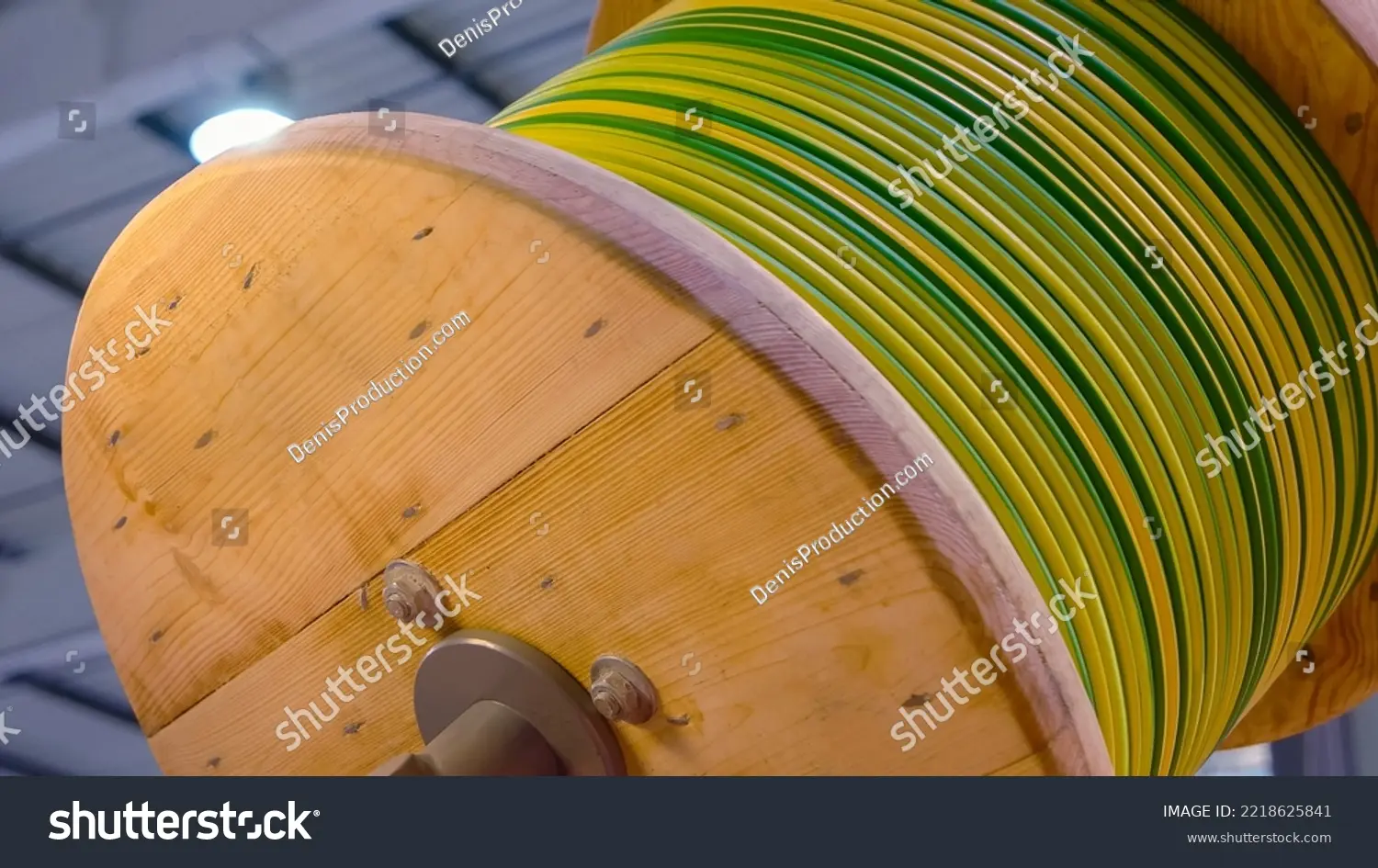Fil et câble
The wire and cable manufacturing domain is responsible for fabricating electrical, data transmission, and structural conductors, primarily composed of copper, aluminium, and specialized alloys. These products constitute fundamental components for diverse applications including electrical power distribution, telecommunications networks, automotive systems, aerospace platforms, electronic devices, and civil construction projects. A core emphasis is placed upon optimizing electrical conductivity, mechanical flexibility, structural durability, and, crucially, maintaining insulation integrity and superior surface quality.
The fabrication processes within this industry necessitate high-speed, continuous production methodologies coupled with stringent control over both physical and electrical properties. Consequently, induction heating presents an optimal solution for numerous critical stages within this manufacturing workflow.

How Induction Heating Supports Wire & Cable Manufacturing
Induction heating provides precise, localized, and energy-efficient heat, especially useful for inline and high-speed applications. It’s used for annealing, preheating, drying, curing, and coating preparation, enabling better material properties and cleaner processing.
Common Induction Heating Applications in Wire & Cable
- Purpose: Softens drawn wire to restore ductility and reduce brittleness
- Metals: Copper, aluminum, stainless steel, nickel alloys
- Applications:
- Electrical conductors
- Magnet wire
- Control cables
- Benefits:
- Uniform, repeatable annealing at high line speeds
- Minimal oxidation and scale formation
- Easily integrated into continuous processing lines
- Purpose: Improve adhesion and cure efficiency for coatings or insulation
- Applications:
- PVC or rubber extrusion
- Powder coating
- Enameling
- Benefits:
- Better coating uniformity
- Improved surface bond strength
- Precise temperature control prevents burning
- Used for:
- Coatings (epoxies, paints, varnishes)
- Adhesive layers
- Protective resins or sealants
- Benefits:
- Fast and localized drying without ovens
- No open flame or contaminants
- Improves energy efficiency and reduces footprint
- Application:
- Wire terminations
- Shielding or grounding assemblies
- Benefits:
- Clean, flux-free joins
- Suitable for automation and tight spaces
- Used in:
- Nitinol wire (for medical or specialty applications)
- Stress relief for high-tension applications
- Benefits:
- Accurate temperature control for specialty material behaviors
Benefits of Induction Heating in Wire & Cable Production
- Inline compatibility: Ideal for continuous manufacturing
- Energy-efficient: Heats only the product, not the surroundings
- Non-contact & clean: Reduces contamination risks
- Repeatable and fast: Supports tight tolerances and high throughput
- Compact equipment: Saves floor space compared to ovens or furnaces